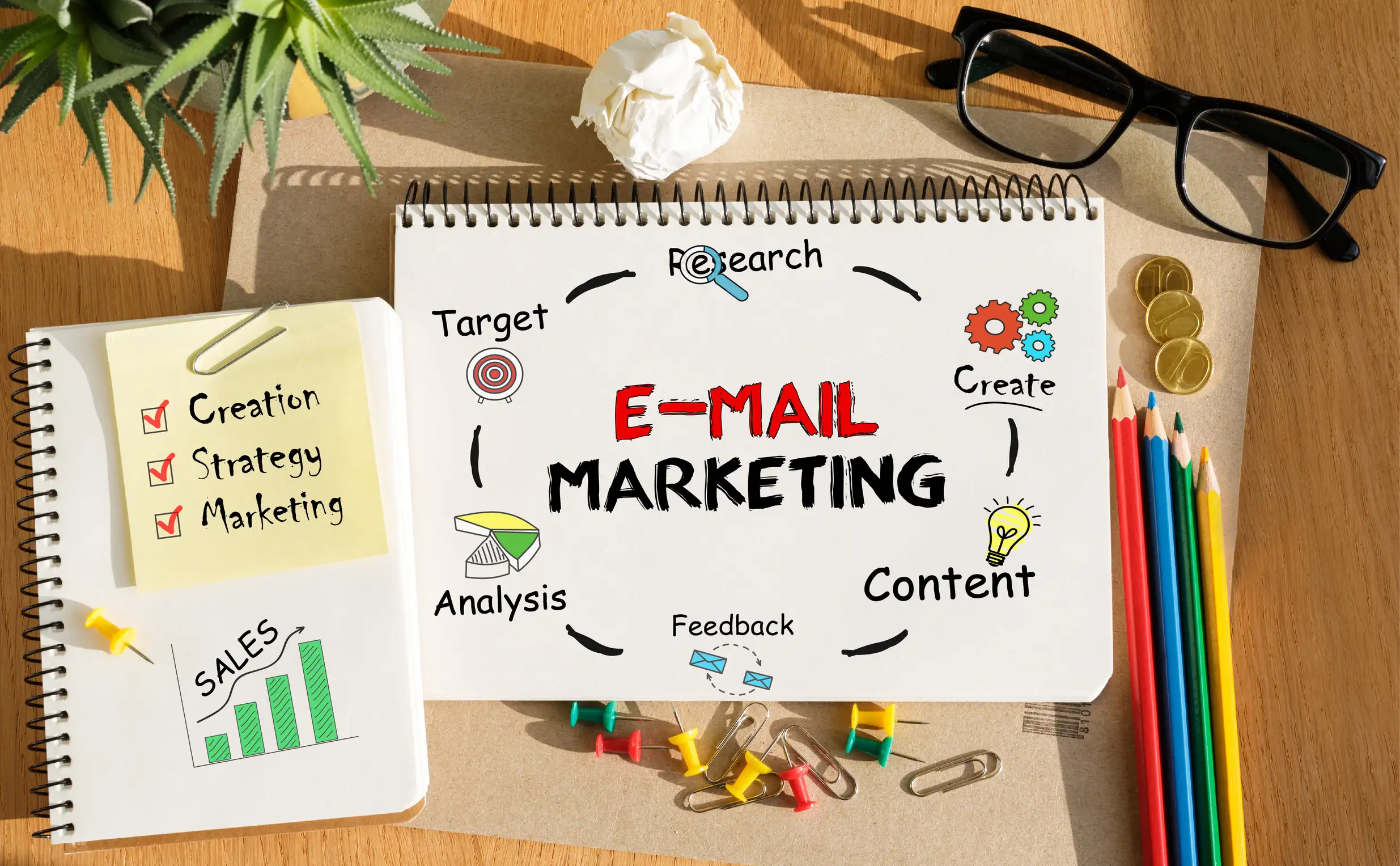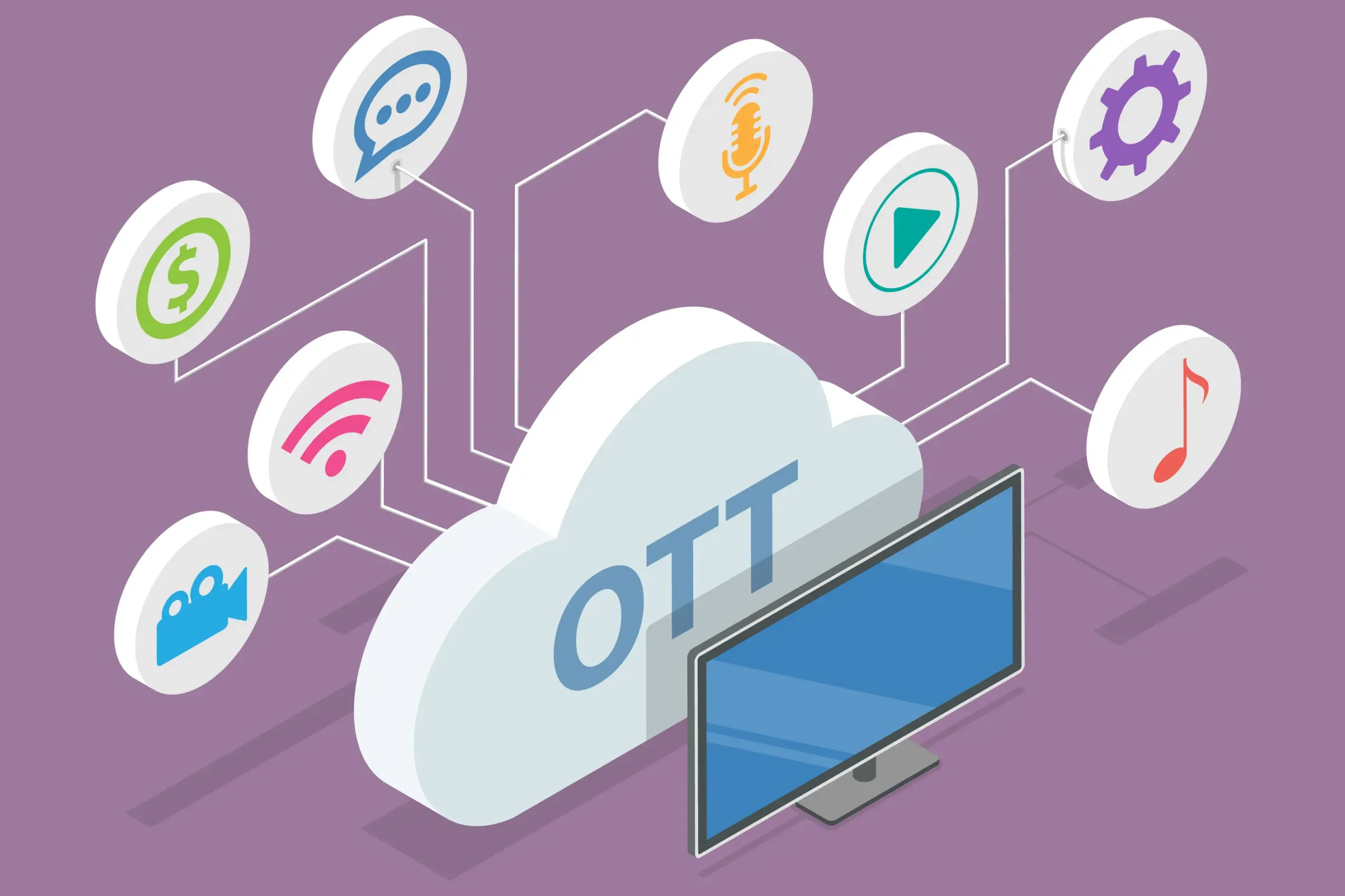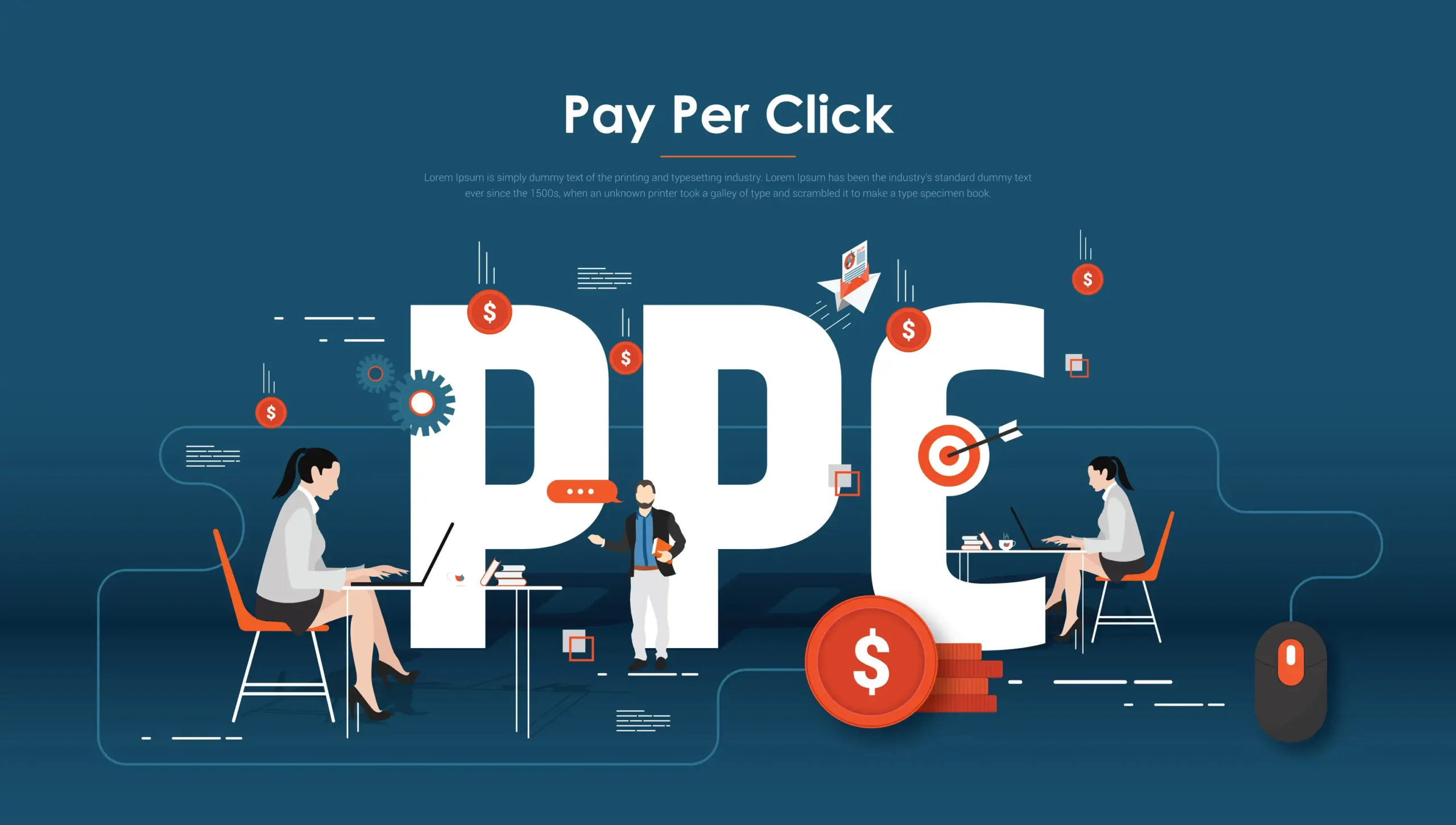What is Geofencing?
It is a location-based service that uses GPS, RFID, Wi-Fi, or cellular data to define a virtual boundary, or “fence,” around a specific geographic area. Once a user enters this established zone, they can be targeted with location-specific advertisements or messages. Geofencing technology has gained popularity due to its ability to deliver relevant and timely content to consumers based on their real-time location.
Applications of Geofencing in Mobile Advertising
Geofencing has a wide range of applications across various industries. Here are some notable applications of geofencing:
1. Targeted Campaigns
Geofencing allows businesses to create highly targeted marketing campaigns. Retailers, for instance, can set up geofences around their physical stores and send special promotions or discounts to users’ mobile devices when they enter the vicinity. This not only increases foot traffic but also encourages immediate purchases by capitalizing on the consumer’s proximity or ease of approach to the store.
2. Event Promotion
Geofencing is an effective tool for promoting events. Event organizers can set up virtual perimeters around event venues and send invitations, reminders, or exclusive offers to users within the geofenced area. This ensures that potential attendants are aware of the event and persuades them to participate.
3. Targeting Competition
Businesses can strategically place geofences around competitors’ locations to target their customers. When users enter a competitor’s store or nearby area, they can receive notifications about alternative products, special offers or loyalty programs from the geofenced business. This allows businesses to nab customers and redirect them to their own offerings.
4. Customer Loyalty
Geofencing is not only about attracting new customers but also about retaining existing ones. By setting up geofences around their own stores, businesses can send loyalty rewards, personalized discounts, or exclusive content to customers when they enter the vicinity. This strengthens the relationship with the brand and encourages regular business.
Geofencing Benefits for Businesses
Geofencing offers a range of benefits for local businesses looking to enhance their advertising through mobile ads. Here are some key advantages:
1. Increased Foot Traffic
Geofencing has a direct impact on increasing foot traffic to physical stores. When consumers receive targeted promotions as they pass by or enter a geofenced area, it creates a sense of curiosity, urging them to visit the store and explore the advertised offerings. This immediate engagement often results in impulsive purchases, contributing to higher sales.
2. Improved Targeting and Personalization
Geofencing enables businesses to refine their targeting and personalize marketing messages. By delivering relevant content based on a user’s location, businesses can create more meaningful connections with their audience. This personalization not only enhances the user experience but also increases the possibility of conversion, as consumers are expected to respond to messages that resonate with their immediate surroundings.
3. Real-time Marketing Opportunities
The real-time nature of geofencing allows businesses to capitalize on current events or trends.
For example, a restaurant can set up a geofence around a local event venue and send promotions during or after the event. This timely marketing approach leverages the immediate context of the consumer, increasing the chances of conversion.
4. Data-driven Insights
Geofencing provides businesses with valuable data and insights into consumer behavior. By studying user interactions within the geofenced areas, businesses can understand patterns, preferences, and the effectiveness of their campaigns. This data-driven approach enables continuous refinement of marketing strategies, ensuring that businesses stay alert and responsive to market dynamics.
Best Practices for Geofencing Success
Here are some best practices to ensure the success of your geofencing campaigns:
1. Understand the Audience
Businesses should analyze the demographics, preferences, and behaviors of their potential customers to create messages that resonate with their interests. Understanding the audience ensures that geofencing efforts are tailored to the specific needs and expectations of the consumer base.
2. Optimize Timing and Frequency
The timing and frequency of geofencing messages play a crucial role in their effectiveness. Businesses should consider peak hours, days, or relevant events when sending notifications. Additionally, striking a balance in message frequency is essential to avoid overwhelming users with notifications, which could lead to a negative perception of the brand.
3. Provide Value
Consumers are more likely to engage with geofencing messages that provide genuine value. Whether it’s exclusive discounts, personalized recommendations, or informative content, businesses should ensure that their messages enhance the user experience and offer something worthwhile.
4. Define Clear Objectives
Before implementing a geofencing strategy, businesses should clearly define their objectives. Whether it’s increasing foot traffic, promoting specific products, or enhancing customer loyalty, having well-defined goals helps in creating targeted and effective geofencing campaigns.
Challenges and Considerations
While geofencing offers numerous benefits, businesses must be aware of potential challenges and considerations. These include:
1. Competition
As geofencing gains popularity, the competition for consumers’ attention within specific locations increases. Businesses should carefully plan and differentiate their geofencing campaigns to stand out from the competition and capture the audience’s interest effectively.
2. Technical Limitations
Geofencing relies on technology such as GPS, Wi-Fi, or cellular data, which may have limitations in accuracy. Businesses should be aware of potential technical challenges and choose geofencing solutions that best align with their objectives and the specific needs of their target audience.
3. Message Relevance
To avoid alienating users, businesses must ensure that geofencing messages are relevant and add value. Irrelevant notifications may lead to user dissatisfaction and could result in the opposite effect of what the campaign intended.
4. Privacy Concerns
Geofencing involves collecting and utilizing location data, raising privacy concerns among users. To address this, businesses should obtain user consent and adhere to privacy regulations to ensure the responsible and ethical use of location-based data.
Geofencing emerges as a potent tool for businesses seeking to boost local sales. Its ability to deliver targeted, real-time messages to consumers based on their location offers a unique and effective way to connect with the audience. By understanding the applications, impact, best practices, and potential challenges of geofencing, businesses can harness its power and position themselves at the forefront of innovative marketing strategies.
As technology continues to advance, the strategic integration of geofencing in mobile advertising plays an important role in shaping the future of localized marketing efforts.











